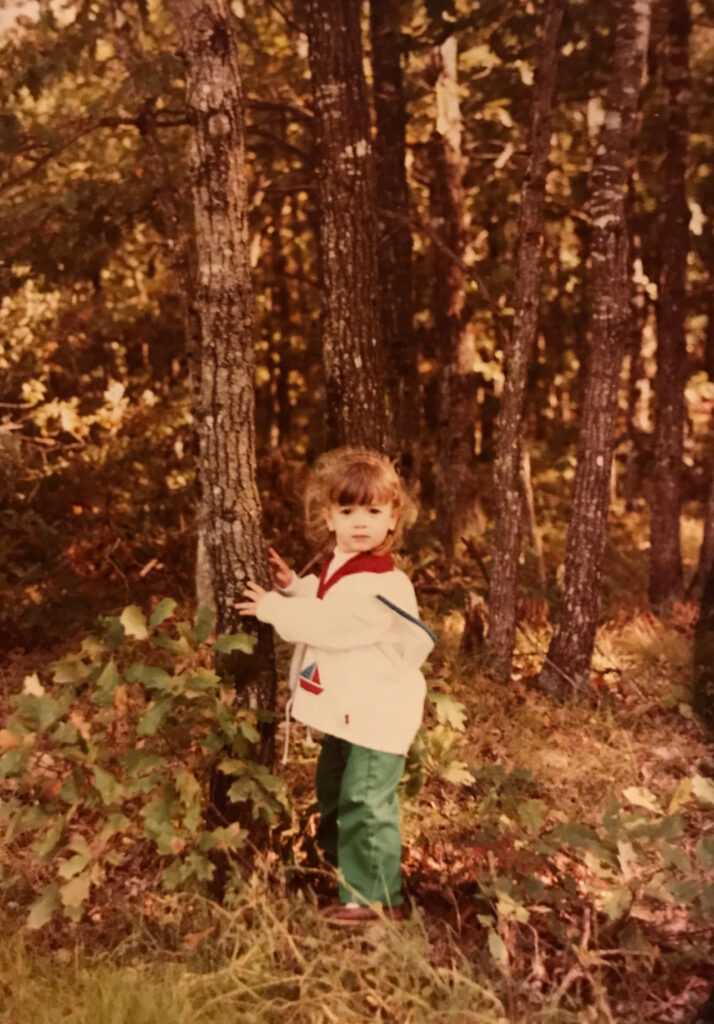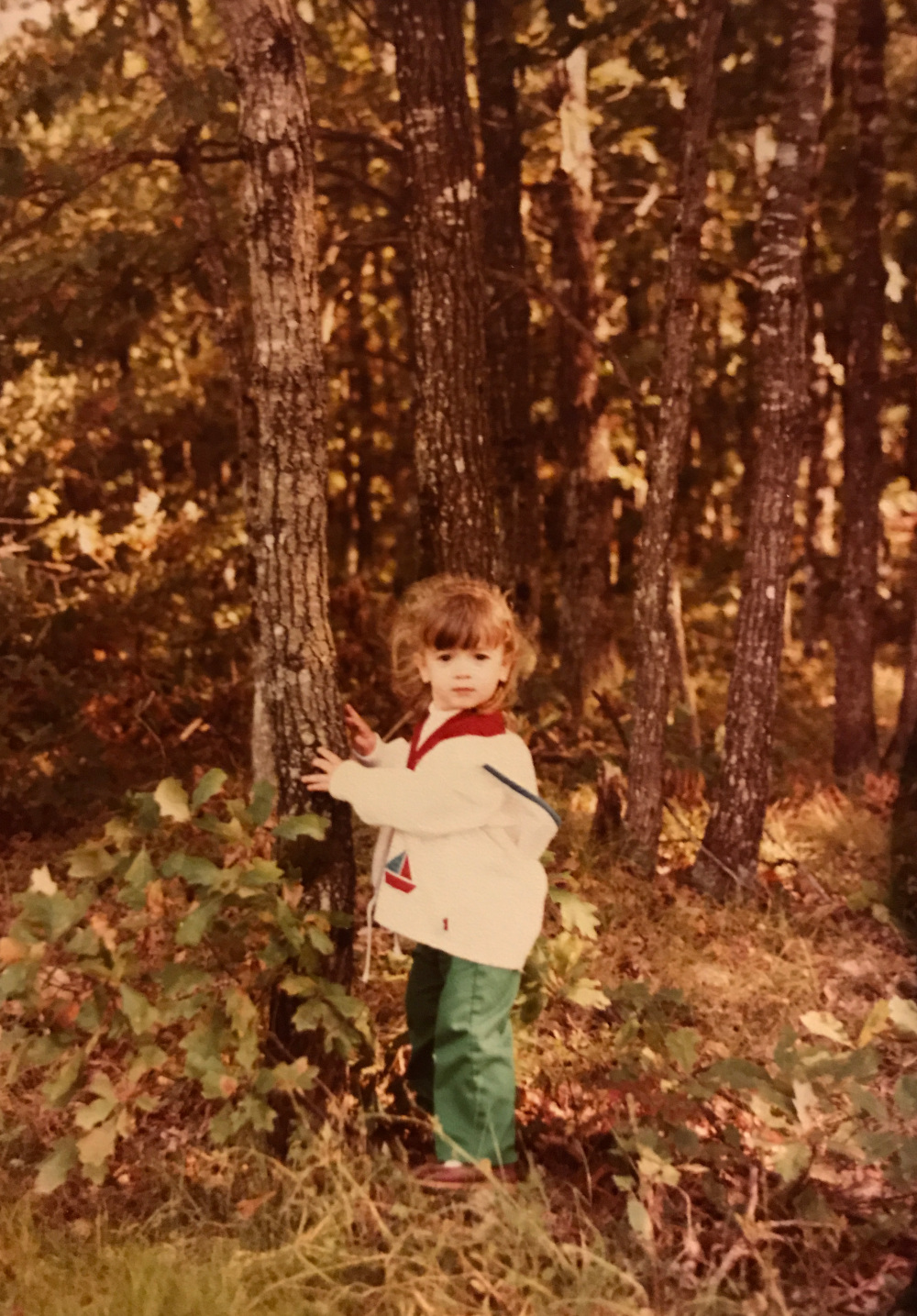
Everywhere I look people are discussing spotted lanternflies. Social media shows photos of people catching them in bottles; spiders eating them; Trees infested. Friends are texting me pictures and questions. Discussing this invasive bug has penetrated the New Jersey psyche.
It used to be just the tie-dyed, Birkenstock gang discussing tree canopies and invasive species but now it’s mainstream. For the rare individual that may read my column but is unaware of spotted lanterflies, (or SLF, to the acronym crowd), these pesky critters are everywhere but prefer to dine on Tree of Heaven.
If you live in Hopewell Valley you should be aware of the quarantine and I’m not talking about COVID-19. Mercer, and several other counties in NJ and PA, are under quarantine. According to the State of New Jersey Department of Agriculture, “The Spotted Lanternfly is a plant hopper and can only fly short distances. However, it is an excellent hitchhiker and has been known to ride on any kind of transportation. The Department asks that anyone who travels in a quarantined county do a quick inspection of their vehicle for the Spotted Lanternfly before leaving.”
I spoke with Jenn Rogers, County Naturalist, about the steps Mercer County Parks Commission is taking to address widespread SLF issues. She shared that they are taking a very aggressive approach of using herbicides to kill the majority of the Tree of Heaven population as the SLF preferred host.
Interestingly, she revealed that they save some of the largest, most mature, male trees to use as a trap. They apply insecticide to the trees and as the spotted lanternflies feed on the sap, it can wipe out entire populations and that’s the goal.
I was curious about her specific mention of saving “male” trees. It turns out that there isn’t a misogynistic plot amongst naturalists but a scientific basis to their approach. Female trees tend to seed and flower so killing them is key to stopping the spread.
We also discussed symptoms of spotted lanternfly feeding which include sap oozing on a trunk, wilting of foliage, branch dieback, and sometimes a black sooty mold present on the trunk. She explained that insect also secretes honeydew (sticky, sugary substance) on which sooty blotch grows. She also gave me the gross warning to avoid walking under infested trees since it can feel like it’s raining from excessive honeydew secretion!
Changing the subject quickly, I asked, “Can you think of any good news associated with this outbreak?” She thought about it a minute and shared, “Yes. The good news is that our battle against this invasive insect is on the forefront of people’s minds. People say to me, ‘these spotted lanternflies are new and are really changing how you work!’ The concept of fighting invasive species may be new the community, but has always been a part of my job as a naturalist.” She was pleased that the general public has a new appreciation of combatting invasive species and the Importance of Land Stewardship.
Jenn believes that the most effective way to achieve the greatest impact is through coordinating efforts as teams throughout the state. She said that the State is helping offset the costs of expensive treatments and that she enjoys working with the statewide group, the FoHVOS New Jersey Invasive Species Strike Team. Our Strike Team protects our natural lands from future damage through coordinated strategic invasive species management involving a team of partners and volunteers. They focus on eliminating threats posed by newly emerging invasive species before they become widespread pests and protecting our most pristine lands and rare species habitats.
The invasion of spotted lanternflies is an example of the increased awareness, coordinated teamwork, and the importance of land stewardship that can transform how we think about conservation, climate change and burgeoning green job opportunities.
An excerpt of this article appears in October’s Hopewell Valley Neighbors magazine.

